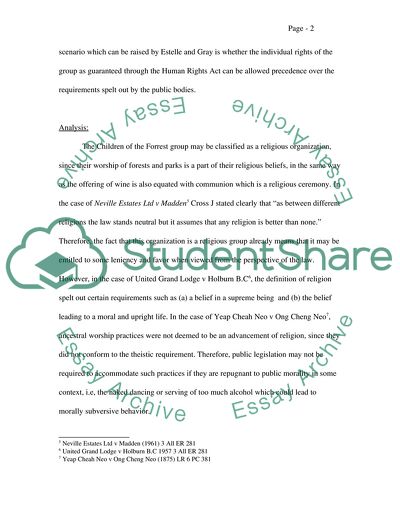Cite this document
(Public Law in the UK Coursework Example | Topics and Well Written Essays - 2500 words, n.d.)
Public Law in the UK Coursework Example | Topics and Well Written Essays - 2500 words. https://studentshare.org/law/1705811-public-law-uk
Public Law in the UK Coursework Example | Topics and Well Written Essays - 2500 words. https://studentshare.org/law/1705811-public-law-uk
(Public Law in the UK Coursework Example | Topics and Well Written Essays - 2500 Words)
Public Law in the UK Coursework Example | Topics and Well Written Essays - 2500 Words. https://studentshare.org/law/1705811-public-law-uk.
Public Law in the UK Coursework Example | Topics and Well Written Essays - 2500 Words. https://studentshare.org/law/1705811-public-law-uk.
“Public Law in the UK Coursework Example | Topics and Well Written Essays - 2500 Words”. https://studentshare.org/law/1705811-public-law-uk.


